Step away from the scarves and earmuffs: 9 things you should never wear skiing
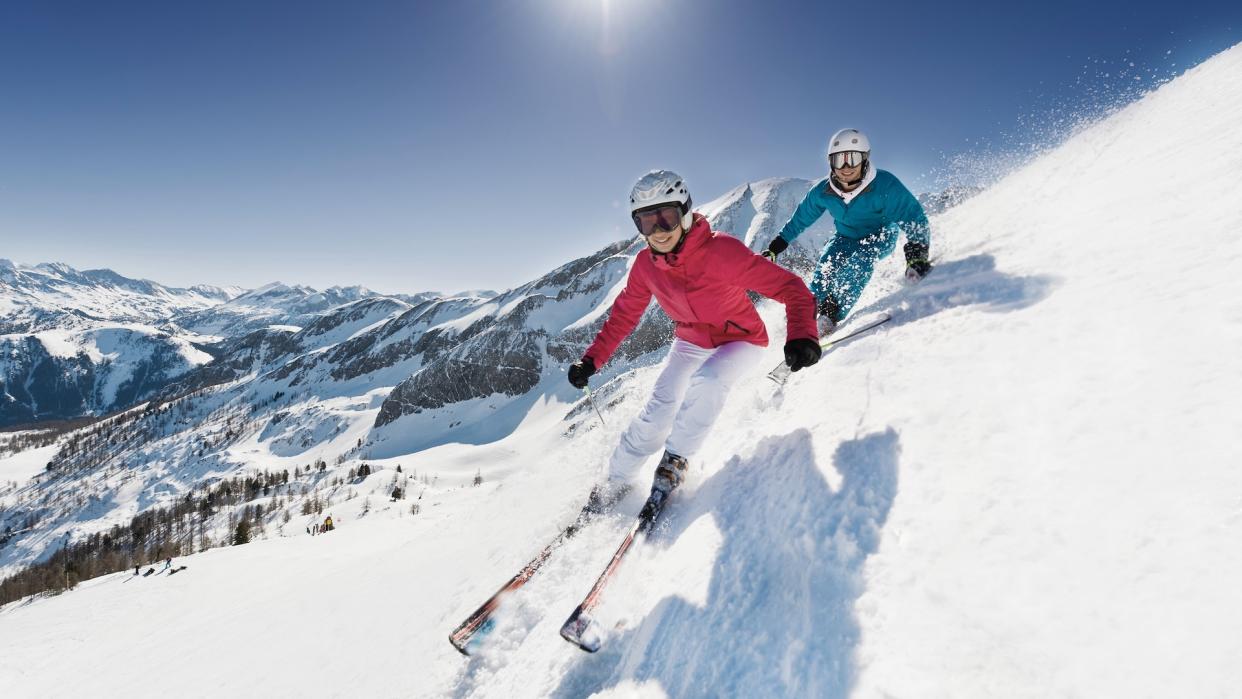
Taking a ski trip this Spring Break? You might be thinking about your wardrobe. As we all know, resort skiing is a total fashion parade and there are few sports where people worry more about how they look, whilst wearing clothing that would make them look like a total clown in just about any other environment.
Then again, skiing will be cold and you need to be able to move your limbs freely. Overcorrect for the temperature or choose the wrong fabrics and you could end up cold, clammy and miserable when you should be ripping up the groomers. Read on to discover 9 things you should never wear to go skiing, and what to wear instead.
1. Earmuffs
Look, you’re not Bridget Jones and, while very cute if you’re an eight-year-old, earmuffs just won’t cut it on the hill. They might keep your ears warm walking around the village, but when you’re on the slopes, you need to be wearing a helmet for safety, and that just won’t jive with earmuffs. Helmets are insulated, but if it’s very cold you can keep your ears warm with either a balaclava (ski mask) or headband underneath.
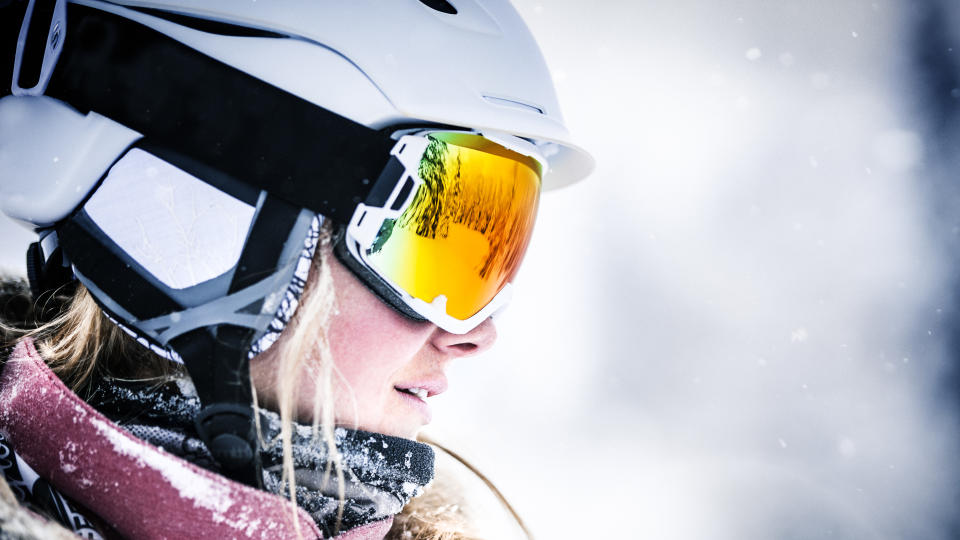
2. Woolen gloves
Woolen gloves are okay for a cold commute or a dog walk round the local park, but they’re porous, non-waterproof and by the time you’re half way up the ski lift you’ll probably be crying with pain. Wear these gloves and you most likely won’t get any skiing done at all and spend most of your day trying to warm up at the lodge. Protect your paws with a pair of waterproof, insulated ski gloves so your hands stay dry and warm.
3. Scarf
Scarves are great for looking stylish and blocking out a chilly neck draft when it’s pumpkin spice latte season but they are not for skiing, where they could come loose and catch on a chairlift or snag on a branch when you’re skiing trees, endangering your life. Back away from the scarf and wear a neck gaiter instead.
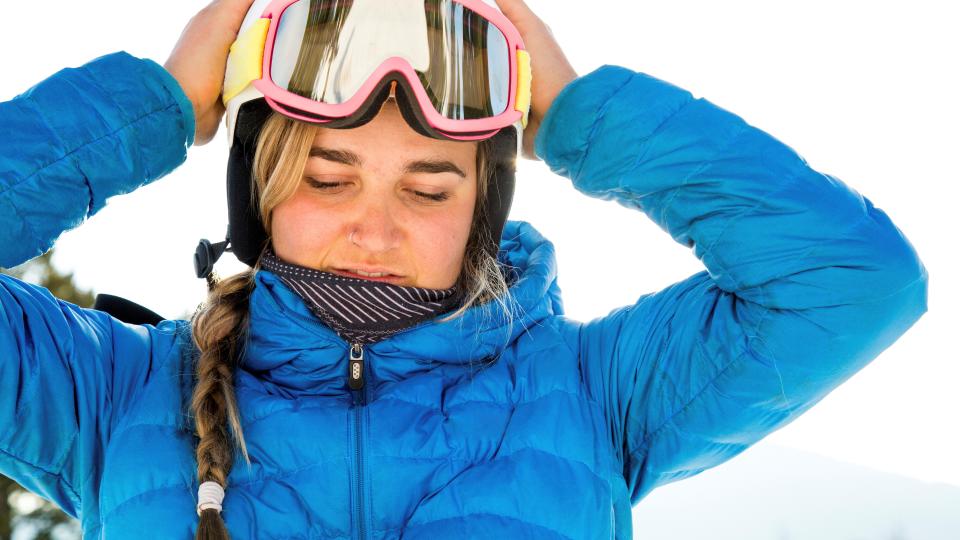
4. Cotton layers
Cotton is comfortable but it’s really not ideal for skiing. It has no insulating power and if it gets wet – say you get sweaty skiing moguls – then it will be slow to dry which makes for a chilly lift ride. Don’t deal with the cold by wearing your thickest cotton hoodie over a flannel shirt over a cotton T-shirt as it will just be harder to move and not very warm. Stick to the golden rule of winter layering: choose a merino wool base layer with an insulated ski jacket, or wear a fleece jacket as a mid layer with a breathable waterproof shell over the top.
5. Sunglasses
If you grew up on a steady diet of 1980s ski movies, you’ll be planning on packing your raddest wraparound shades for your next ski trip, but sunglasses don’t provide ample protection for your eyes once you get on the slopes. Save them for looking ironic on the deck at aprés and wear ski goggles to protect your peepers from the cold, snow and any other objects nature hurls at you. How else are you going to get a goggle tan?
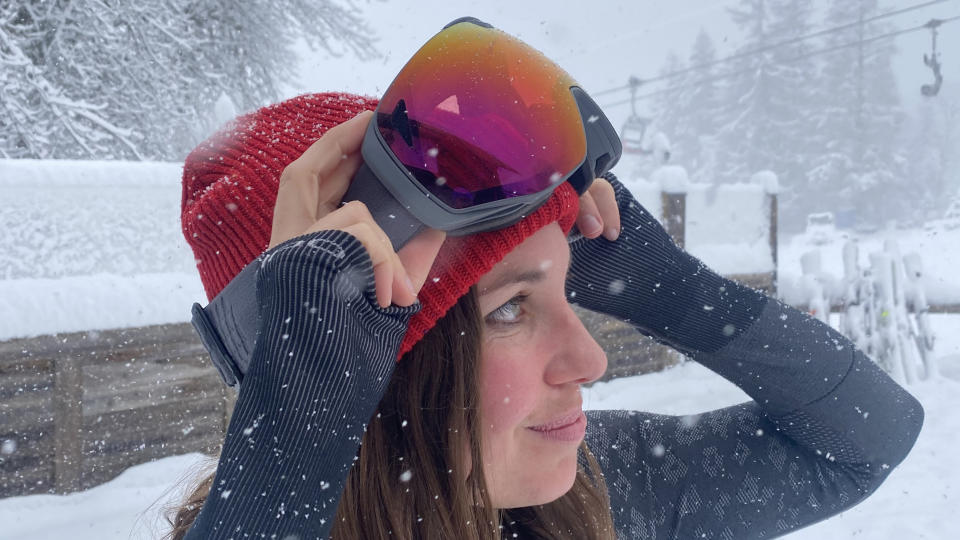
6. Regular socks
If you don’t ski a lot, a pair of ski socks aren’t likely to be in your drawer at home, but it’s well worth picking up a pair. Ski socks provide padding in the places where ski boots rub, wick sweat, dry quickly and insulate well. A pair of long cotton socks will likely bunch, chafe and generally make for cold unhappy feet.
7. Tight or bulky clothing
If it’s your first time skiing, it’s fair enough not to want to drop hundreds of dollars on new ski pants and jacket, base layers, mid layers, socks and gloves. You might be able to improvise with clothing you already own, particularly if you own athletic gear and hiking clothes, but in general you want to avoid tight, restrictive clothing that you can’t move well in.
This especially counts for your jacket – if you have a looser waterproof jacket, you could wear this over a down jacket and base layer, but it all needs to be accommodating for the movements of skiing, and it’s ideal if it has a drop tail to protect your bum. You can wear rain pants over thermal underwear or fleecy pants instead of ski pants, just make sure everything is stretchy or loose enough to work with your ski boots and getting on and off the chairlift without being so loose it catches on things.
Finally, don’t just try to combat the cold with your bulkiest winter layers as these can make you overheat and make it difficult to move well. Dress in breathable, insulating layers with a waterproof or water-resistant outer layer top and bottom so you can protect yourself from the elements and avoid getting chilled if you break a sweat.
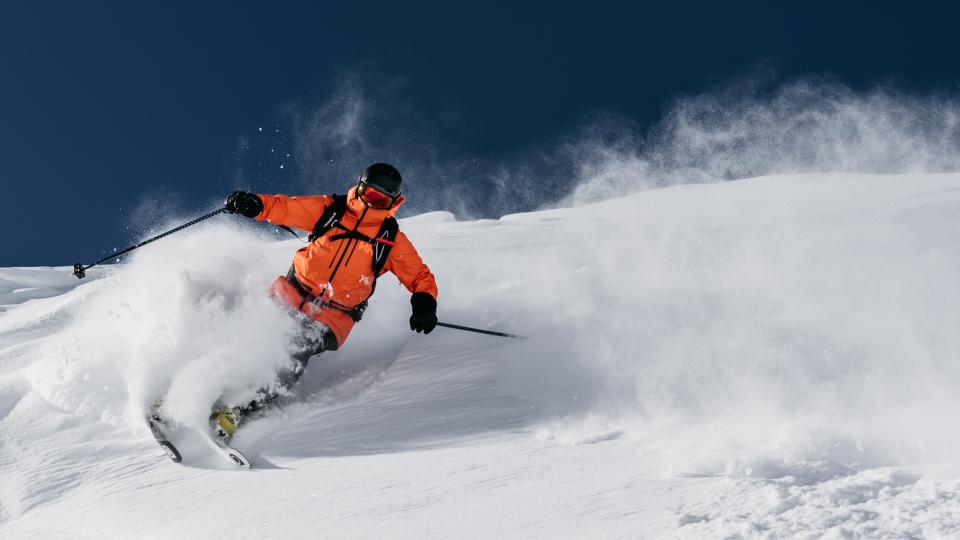
6. Jewelry
No matter how fancy you are, earrings, necklaces and bracelets are all incompatible with skiing. If you hadn’t noticed, skiing requires wearing quite a lot of clothing and this doesn’t work with loose jewelry. It’s tricky enough to keep your wrists warm with multiple layers and gloves without adding jangly bracelets to the mix while earrings and necklaces can catch on your helmet for a painful surprise. Leave the jewelry in the safe back at the hotel.
9. Jeans
Depending on who you are, skiing in jeans can be iconic, ironic or just plain idiotic. It's never advised, but people do ski in jeans all the time. However, denim can be bulky, stiff and once it gets wet, it stays wet. If you absolutely must ski in jeans, make sure they’re jeans you can move in and wear waterproof trousers over the top.

